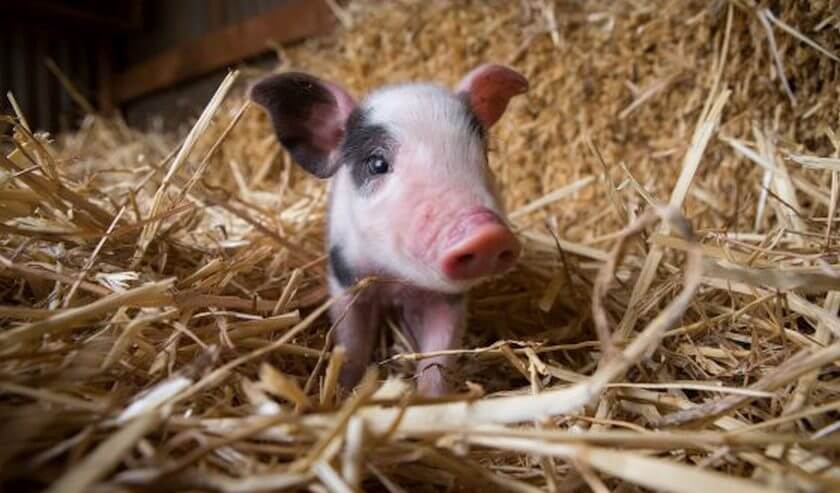Police in China are investigating a new food safety scandal after the discovery of a batch of “fake” pigs’ ears reportedly made from gelatin, according to state media in China.
In the latest food safety nightmare to hit the country, the bogus ears were discovered in a market in Ganzhou city in the eastern province of Jiangxi in late March after a customer complained of “a strange smell when cooking them”, the state-run China Daily newspaper reported.
Food safety officials tested the phony porcine ears and found they had been made from gelatin and the chemical sodium oleate, commonly used in the production of soap.
The China Daily quoted an expert as offering a “sure-fire method” for telling real ears — a popular delicacy — from fake ones, saying the “genuine article should have hair and small blood vessels”. No word yet on whether the fake ears have been exported outside of China.
This latest food safety scandal comes in the wake of the discovery of cabbage sprayed with formaldehyde, leeks sprayed with industrial grade copper sulfate, that when handled turns skin blue, the gelatin capsules made from rotting leather scraps soaked in chemicals, the cooking oil made from rotting animal fat, the copper sulfate manufactured from industry e-waste such as circuit boards which was illegally added to animal feed and the traditional Chinese medicine (TCM) laced with a carcinogenic and nephrotoxic plant toxin aristolich acid.
But, the ultimate horror in the food safety freak show out of China is the discovery of the Chinese “cure-all” capsules that contain the flesh of dead babies, culled from infant “dying rooms” and human fetuses from abortion clinics; where the dead babies are microwaved, copped up into bits, pulverized into a powder and put into pill capsules to be used as folk remedy for longevity, health and impotence.
Stay tuned for another episode of the Food Safety Freak Show in China where there is never a shortage of material for gag-inducing examples of the creativity in creating fraudulent food!
SOURCE: Mother Nature Network


Comments (8) Write a comment